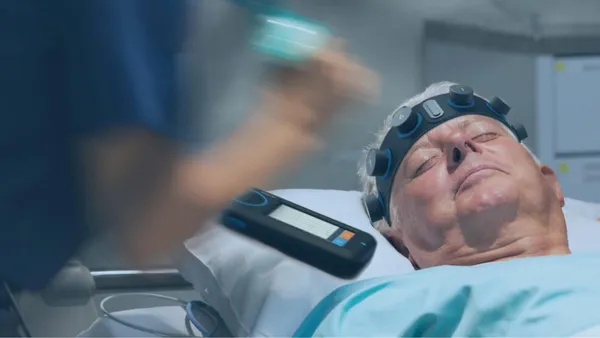Dive Brief:
- European authorities have agreed to the staggered rollout of the In Vitro Diagnostic Regulation, thereby lessening the risk that demand for notified bodies will overwhelm supply.
- The European Commission proposed giving manufacturers of existing IVDs more time to comply with the rules in October but still needed buy-in from other bodies to enact the changes. That buy-in has now arrived with the adoption of changes by the European Parliament and Council.
- MedTech Europe, one of the groups that lobbied for changes, welcomed the adoption of the amended transitional provisions, which it said mitigate "the immediate and urgent risk that medical tests for all clinical areas ... would no longer be available as of May 2022."
Dive Insight:
The key changes in the transitional provisions adopted by the Parliament and Council are the same as those proposed by the Commission in October. As such, IVDR will still apply on May 26, 2022, but the manufacturers of some diagnostics will have more time to comply with the rules and, crucially, to get their products certified by notified bodies for the first time.
Under the amended transitional provisions, manufacturers of higher-risk class D devices, such as tests for HIV and hepatitis, have until May 2025 to comply with IVDR. The deadline for lower-risk class C devices, such as some influenza tests, is now May 2026.
Some manufacturers have even longer to comply. The deadline for manufacturers of class B and sterile class A devices is May 2027. Manufacturers of in-house devices, also known as laboratory-developed tests, have until May 2024 to comply unless they can prove no equivalent product is available. If proof is provided, the European Union will give manufacturers until May 2028 to comply.
The staggered timeline eliminates the prospect of IVDR causing widespread diagnostic shortages in May 2022 but still means a currently small group of notified bodies needs to get through a large volume of work in the coming years. Recognizing that, Stella Kyriakides, European Commissioner for Health and Food Safety, warned the medtech industry and other stakeholders against squandering the extra time.
"Member States, manufacturers and notified bodies must now use the additional time to build up the necessary capacities, and manufacturers must prepare to transition to the new requirements. There is no time to rest," Kyriakides said in a statement.
MedTech Europe, while welcoming the changes, warned that EU regulators still need to do more if the industry is to make effective use of the extra time. The trade group wants "timely EU guidance on how to handle changes that may occur to existing tests, for example changes of components due to supply chain shortages." MedTech Europe wants guidance on significant changes ahead of May 2022.
The trade group also reiterated the need to bring more notified bodies online as soon as possible, noting that "more than 50% of all IVD manufacturers do not yet have a notified body to certify their existing or new tests" and that "it can take a total of 12-24 months to sign a contract with a notified body, complete the certification work and deliver the tests to hospitals, clinical laboratories and patients."











